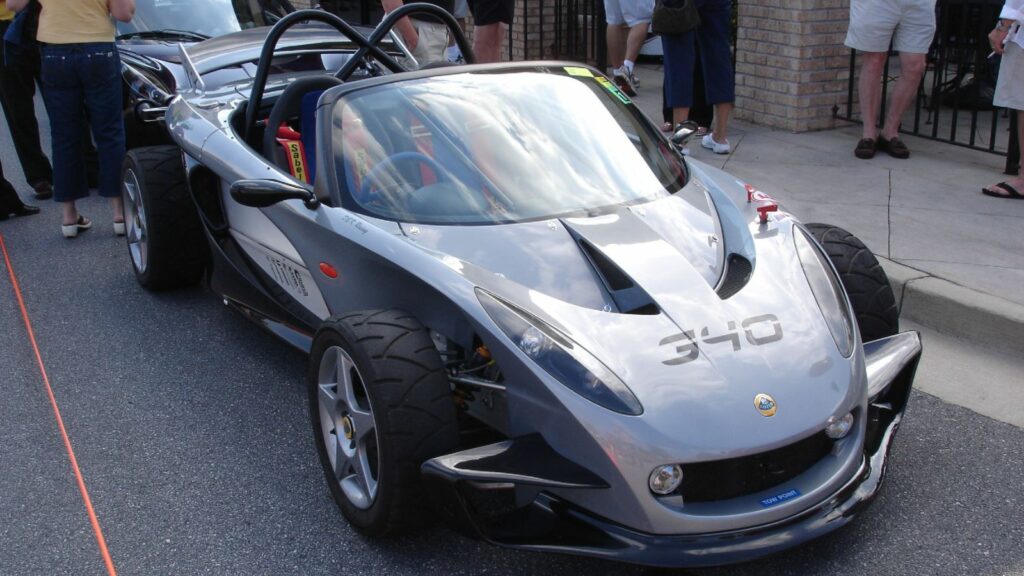Throughout automotive history, a few machines have pushed performance so far that the world simply wasn’t ready for them. These were cars built without restraint, where power and engineering ambition outpaced regulation, safety, and even common sense. Some were outlawed by governments, others by manufacturers themselves. They all share one trait — an obsession with speed that defied what roads could handle.
Dodge Tomahawk

The Dodge Tomahawk was not a conventional vehicle in any sense. Debuting in 2003, this four-wheeled, motorcycle-shaped creation was powered by an 8.3-liter V10 engine borrowed from the Dodge Viper, producing more than 500 horsepower. The theoretical top speed was said to exceed 350 miles per hour, a claim that has never been proven.
It wasn’t built for real-world roads but for shock value. Only a handful were made, sold as display pieces rather than transportation. Dodge described it as an “engineering sculpture,” acknowledging that no sane regulatory body would allow such a thing on public streets. Even by today’s standards, nothing else like it has been attempted.
Porsche 959 Prototype

The Porsche 959 was one of the most technologically advanced supercars of the 1980s. But its prototype phase produced cars that went beyond even Porsche’s limits. Early test models hit speeds well above 200 miles per hour at a time when few cars could break 160.
Regulators quickly intervened, forcing Porsche to redesign and detune the production version. Even then, the 959 was banned from import into the United States for years due to strict federal crash and emissions rules. Only through special exemptions decades later were they finally allowed entry. The prototypes remain untouchable legends — cars that reached the future before the world was ready.
TVR Cerbera Speed 12

The TVR Cerbera Speed 12 from the late 1990s is perhaps the most famous car ever declared “too powerful for the road” by its own creator. Built with a 7.7-liter V12 producing more than 800 horsepower and a curb weight under 1,000 kilograms, it was a terrifying prospect.
During testing, TVR’s founder Peter Wheeler drove the prototype himself and returned shaken. He concluded that the Speed 12 was far too wild for customers to handle safely. Production was canceled immediately, leaving only a single surviving car. Today, that car is privately owned and heavily detuned, a reminder of what happens when engineering ambition crosses into madness.
Lotus 340R Prototype
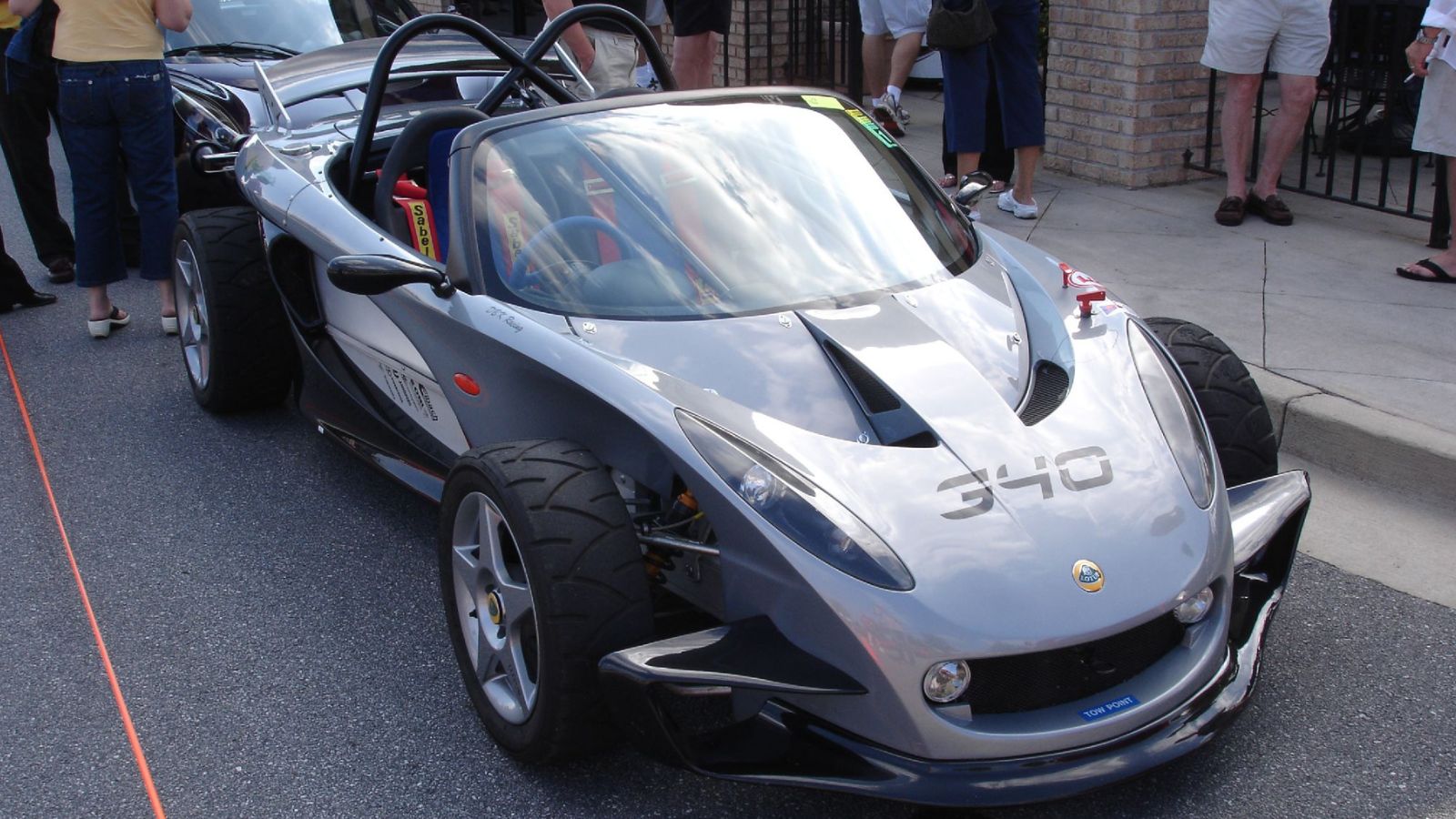
The Lotus 340R was built for the purist — an ultra-light, track-oriented car that stripped away nearly everything nonessential. The earliest prototypes were even more extreme than the production version. They had no doors, no roof, and no real weather protection, just exposed mechanicals and pure speed.
Authorities in several countries refused to approve them for road use due to safety concerns, and even the final version was limited to a small number of markets. Its rawness and minimalism made it a cult favorite among track-day enthusiasts, but it was simply too radical to be a practical car for public roads.
Nissan R390 GT1 Road Car

Built to satisfy race homologation rules for the 24 Hours of Le Mans, the Nissan R390 GT1 was a true racing machine with license plates. Only one was ever registered for road use, and even that was more a technicality than a realistic approval. Powered by a twin-turbo 3.5-liter V8 making nearly 600 horsepower, it could easily exceed 200 miles per hour.
The R390’s low ride height, stiff suspension, and razor-sharp handling made it borderline undrivable on public roads. It was essentially a race car that happened to wear a number plate, and authorities in many regions refused to register additional examples. Nissan’s engineers had built a Le Mans weapon, not a grand tourer, and it showed.
Ferrari FXX
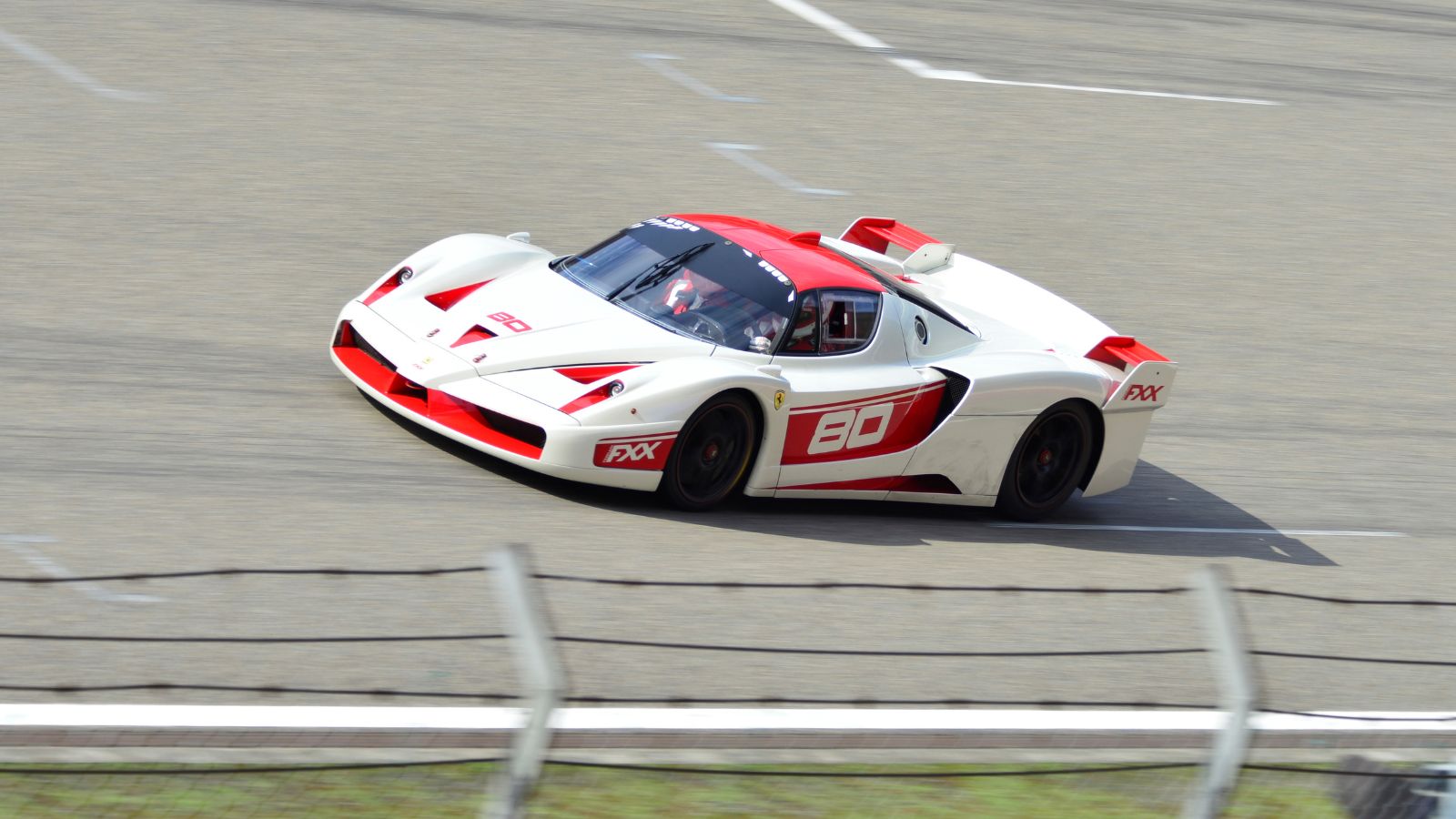
The Ferrari FXX was an evolution of the Enzo designed purely for track use. With a V12 producing close to 800 horsepower, it was so advanced that even Ferrari didn’t trust owners to drive it unsupervised. Instead, buyers were allowed to store their FXXs at Ferrari facilities and drive them only during official Ferrari events, with engineers collecting performance data after every session.
It wasn’t street legal anywhere in the world, and Ferrari never intended it to be. The FXX served as a development tool, a rolling laboratory for future technology. For owners, it was an invitation into Ferrari’s inner circle — but never onto public roads.
Brabus E V12 “Black Baron”
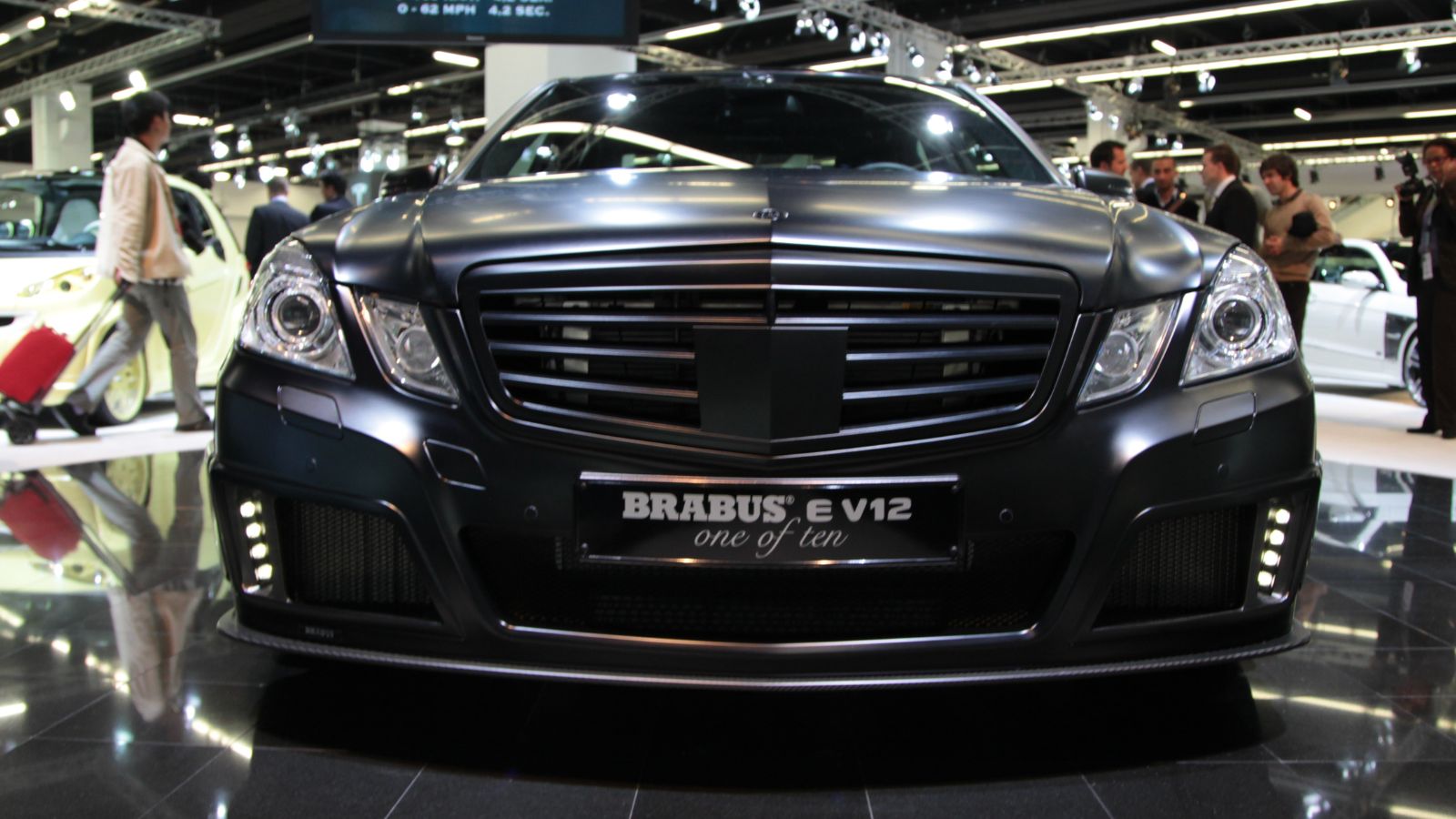
In the mid-1990s, German tuning house Brabus shocked the world by dropping a massive 7.3-liter V12 into a Mercedes E-Class, creating what they called the E V12. The car produced more than 580 horsepower and reached a verified top speed of over 210 miles per hour, making it the fastest sedan of its time.
The problem was that no tires, brakes, or safety systems available at the time were officially rated for those speeds. Several European countries refused to homologate the car for public use. Later models were electronically limited, but the early unrestricted versions were effectively banned — too fast for the regulations of the day.
Koenigsegg CC Prototype
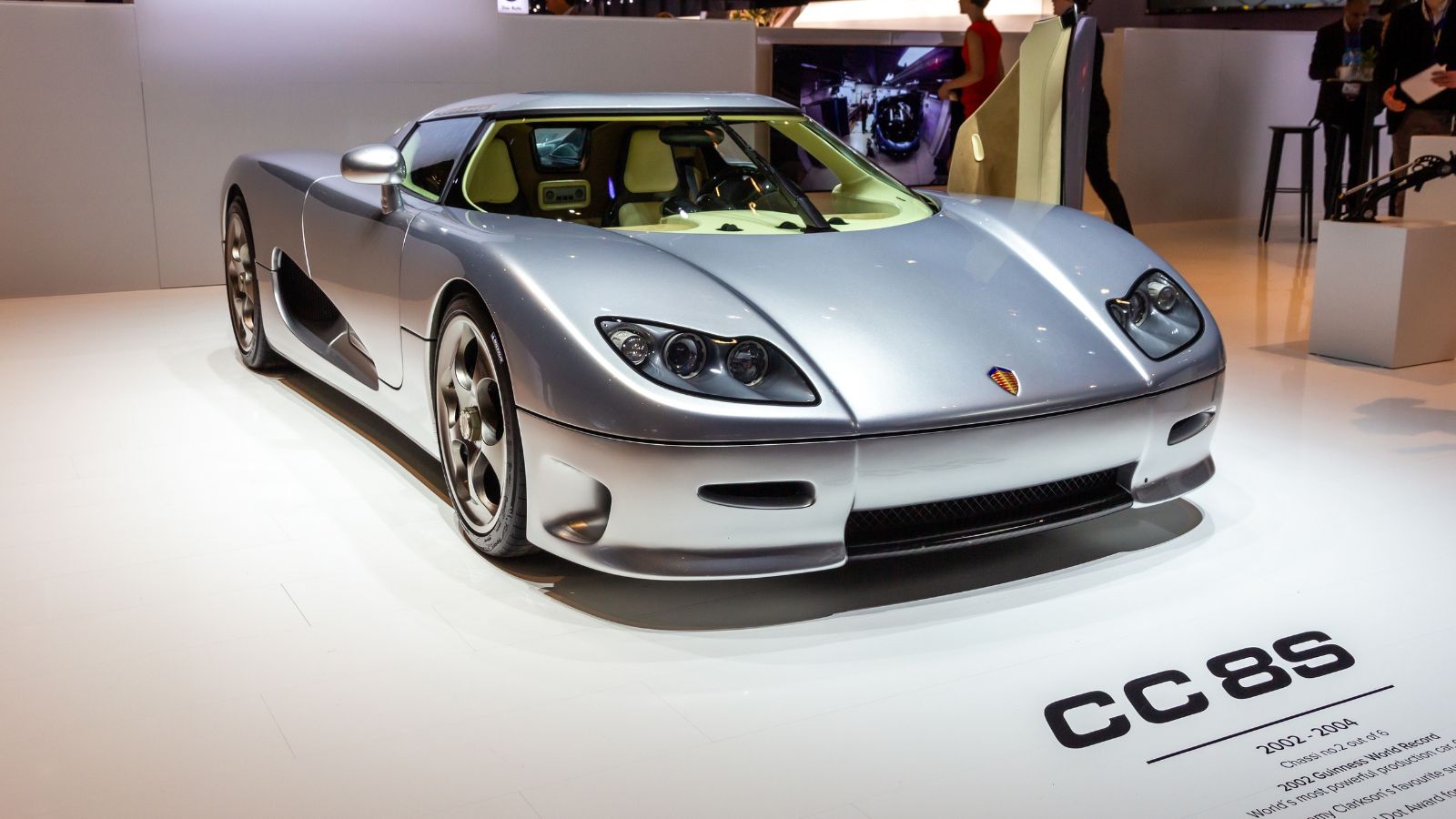
Before Koenigsegg became a household name, its first prototype, the CC, stunned onlookers with design and performance far ahead of its time. The carbon fiber body, minimal safety equipment, and more than 650 horsepower from a supercharged V8 meant it could outrun anything else on the road. But it also meant it couldn’t meet legal safety standards anywhere.
Regulators in multiple countries refused to certify the CC for public roads, citing concerns over crash safety and emissions. Only with the later CC8S, after years of development, did Koenigsegg finally produce a road-legal car. The original CC remains a symbol of unrestrained ambition — a concept too wild for any government to approve.
When Power Becomes a Problem
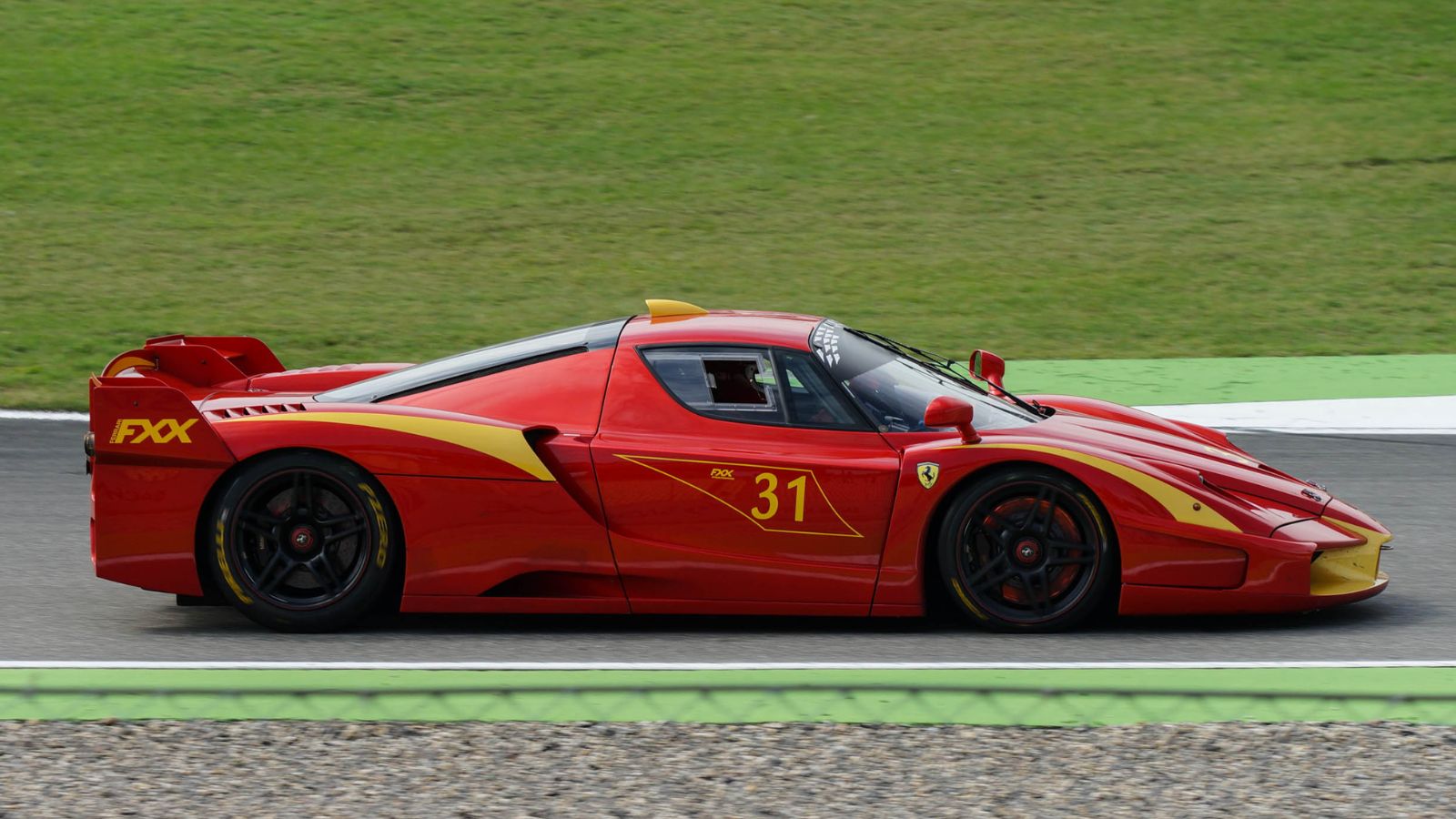
These cars show what happens when engineering brilliance collides with the limits of regulation and sanity. They represent the edges of automotive evolution, where performance becomes dangerous and innovation outpaces legislation.
Every one of them was built with the best of intentions — to push technology forward and chase the dream of ultimate speed. Yet each serves as a reminder that even in the pursuit of progress, there are boundaries that machines, and their makers, sometimes have to respect. They weren’t mistakes; they were milestones in humanity’s relentless drive to go faster, no matter the cost.
25 Facts About Car Loans That Most Drivers Don’t Realize

Car loans are one of the most common ways people fund car purchases. Like any other kind of loan, car loans can have certain features that can be regarded as an advantage or a disadvantage to the borrower. Understanding all essential facts about car loans and how they work to ensure that you get the best deal for your financial situation is essential. Here are 25 shocking facts about car loans that most drivers don’t realize:
25 Facts About Car Loans That Most Drivers Don’t Realize
